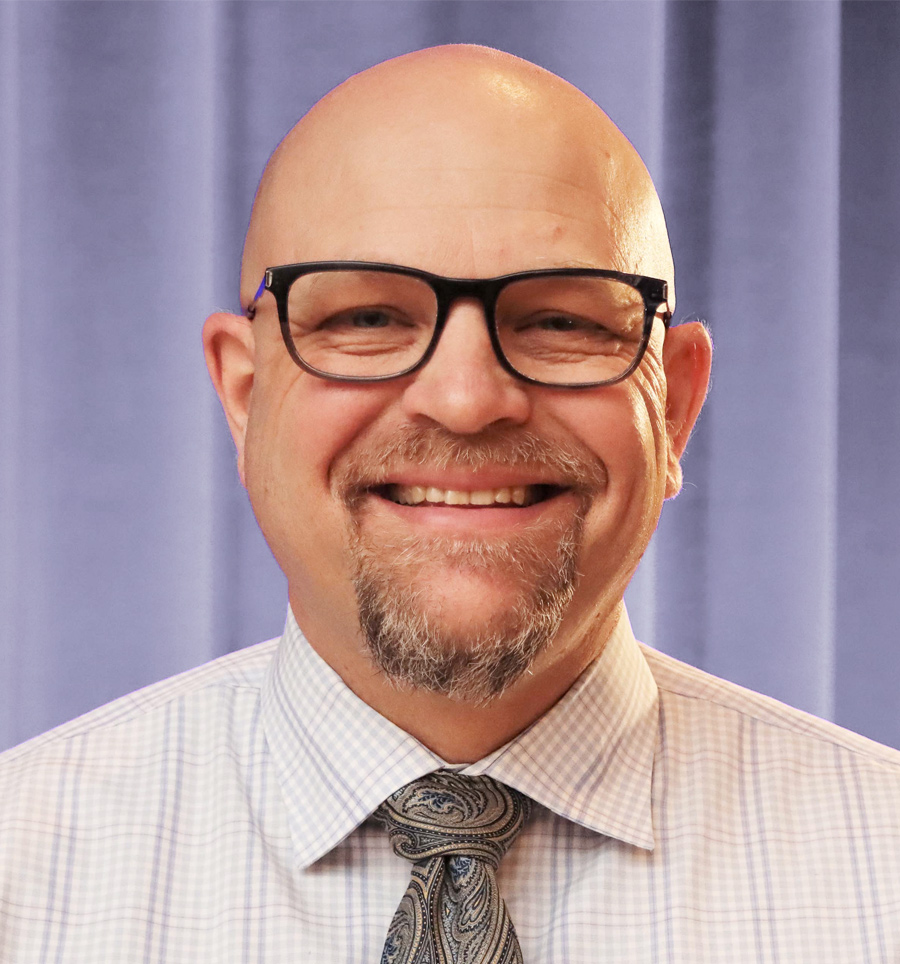
from the field
n the wake of the COVID-19 pandemic, providing social-emotional support for students sits atop the minds of many school board members. For many communities, the increased exposure to trauma, social isolation and learning format changes have brought forth frustration, a sense of hopelessness and increasing mental health concerns.
The focus now centers on efforts to help students move away from maladaptive coping strategies due to an unhealthy diet of social media and a sense of being academically behind.
While districts across the state have received additional funding resources to provide counseling and other services, the action of hiring mental health support staff alone will not effectively address student mental health. When analyzing the social-emotional challenges facing us today, an important truth emerges — addressing this crisis requires a more thoughtful approach across all tiers of support.
The following is a breakdown of key questions used by the Bakersfield City School District (BCSD) to frame the development, implementation and refinement of social-emotional systems and supports. While the context below relates to social-emotional support, the questions can apply to almost any context.
As communities across the state recover from the pandemic, the need to address student mental health challenges continues. A systematic way to frame the development, implementation and refinement of social-emotional systems and supports can help school districts improve student well-being, efficiency and sustainability for years to come.